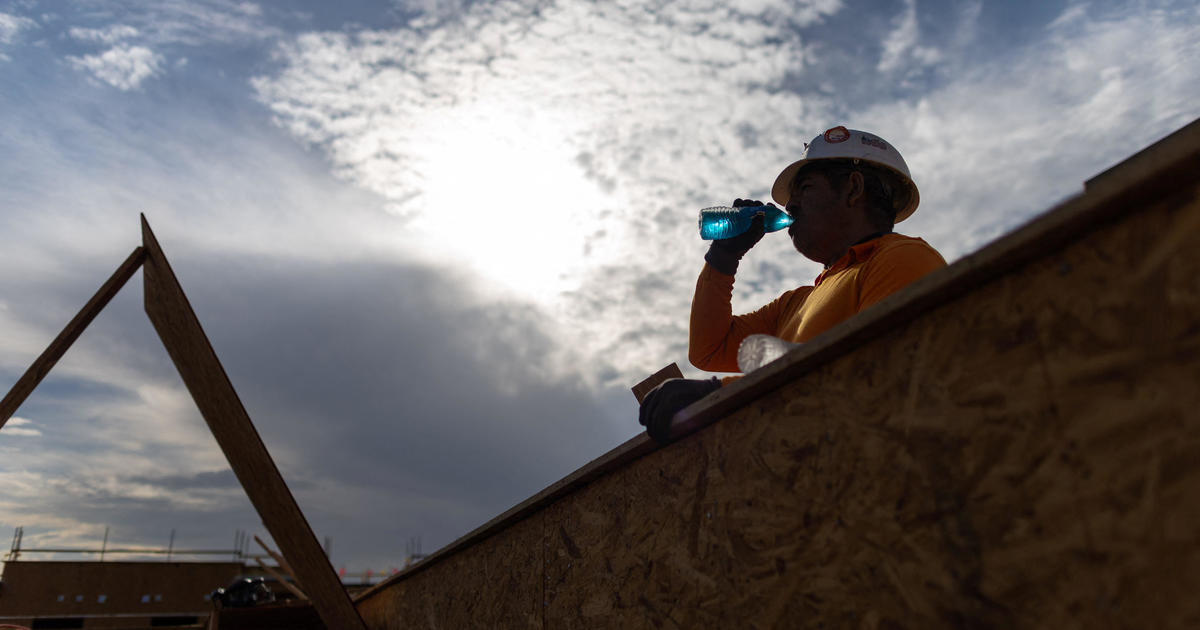Jobless rate inched up in December, but wage growth jumps
The U.S. jobless rate ticked up to 4.7 percent in December, but strong wage growth suggests the economy is gaining traction.
Last month’s unemployment number marks a minor increase compared to November’s 4.6 percent level. The number of unemployed people in December changed little, at 7.5 million million, in line with recent trends, the Labor Department reported on Friday.
Hourly pay climbed 2.9 percent from a year earlier, the biggest increase in more than seven years. Last month, wages rose a further 10 cents to $26 after dipping 2 cents in November.
Job gains in December totaled 156,000, below the 204,000 tally for November. The trend in nonfarm payrolls for 2016 is below that of previous years. The average monthly increase in 2015 was a robust 229,000, and a less dazzling 180,000 last year.
Given the large decline in the November jobless rate, 0.3 percentage point, inching up to 4.7 percent last month was no surprise, representing a “mean reversion,” or statistical readjustment, said Ian Shepherdson, chief economist at Pantheon Macroeconomics.
The December unemployment statistics, measuring the first full month of job gains since Donald Trump was elected president, are in line with the improving picture under Barack Obama. Coming off the Great Recession, the jobless rate was 10 percent in early 2010. The economy has added jobs for 75 straight months, the longest streak since the 1930s.
Economists greeted the rising pay as a natural offshoot of an improved employment landscape. “With the economy close to full employment, wage growth has headed higher,” noted BofA Merrill Lynch Global Research in a report.
The good news is reflected throughout the financial world. “Since the election, financial markets have surged and consumer sentiment is up,” reflecting a solid jobs environment, said Andrew Chamberlain, chief economist for Glassdoor, the recruiting company.”
Presaging the December unemployment statistic was a contraction in the number of Americans filing for jobless benefits for the last week. The claims have stayed below the important threshold of 300,000 for 96 consecutive weeks. By comparison, in early 2009 during the recession they topped 650,000.
Forecasters expect job growth to slow as the economy approaches full employment. Payroll provider ADP’s report on Thursday indicated that private employers hired a modest 153,000 in December, slipping from 215,000 the month before. Most of those positions were in the lower-paying service sector.
Dogging the quest to improve the nation’s employment situation is the stubbornly low labor-participation rate. This yardstick shows how much of the working-age population had a job. In December, after a downtick the previous month, it inched up to 62.7 percent, or 0.1 percentage point.
On the whole, economists were optimistic about the report and the outlook for the economy, which expanded 3.5 percent in the quarter ending in September, after several anemic periods. To Pantheon’s Shepherdson, unemployment’s “rate of fall is likely to increase over the next few months.”
“The more modest 156,000 increase in non-farm payrolls in December suggests that labor market conditions weakened just a fraction in the closing stages of last year,” said Paul Ashworth, chief U.S. economist at Capital Economics. “Nevertheless, that is still a solid gain.”
According to a survey of employers by job-search firm CareerBuilder, 40 percent plan to hire full-time workers this year, up from 36 percent in 2016. Two-thirds of them intend to boost new hires’ pay, and a third will do so by 5 percent or more.
The unemployment and pay results will be crucial to the Federal Reserve as it goes about a program of hiking short-term interest rates this year, an expected three increases of a quarter percentage point each. “We expect unemployment will keep falling and wage gains will continue to accelerate in the year ahead, putting pressure on the Fed to keep tightening,” meaning raising rates, said Jim O’Sullivan, chief economist at High Frequency Economics.
President-elect Trump’s proposed stimulus plan – cutting taxes, loosening regulations and building infrastructure projects – could juice the economy even more, leading to additional job creation and better pay. The big question is whether he will be able to enact his initiatives. And if he does, there’s no guarantee the result will be as quick as he would like.
If and when Mr. Trump gets what he wants, noted Mark Hamrick, research group Bankrate’s senior economic analyst, “It could well be 2018 before they have a truly positive impact on the economy.”



